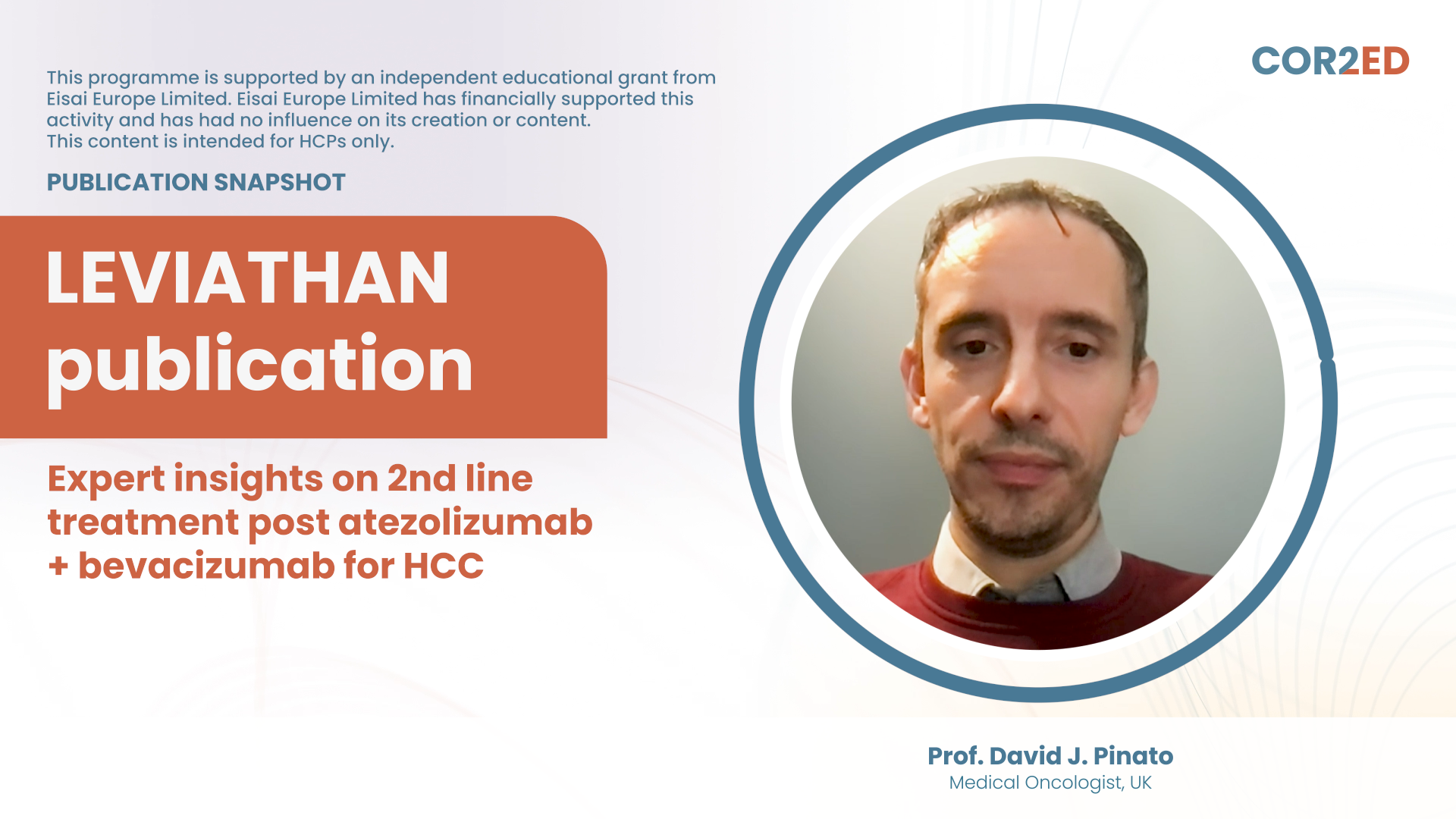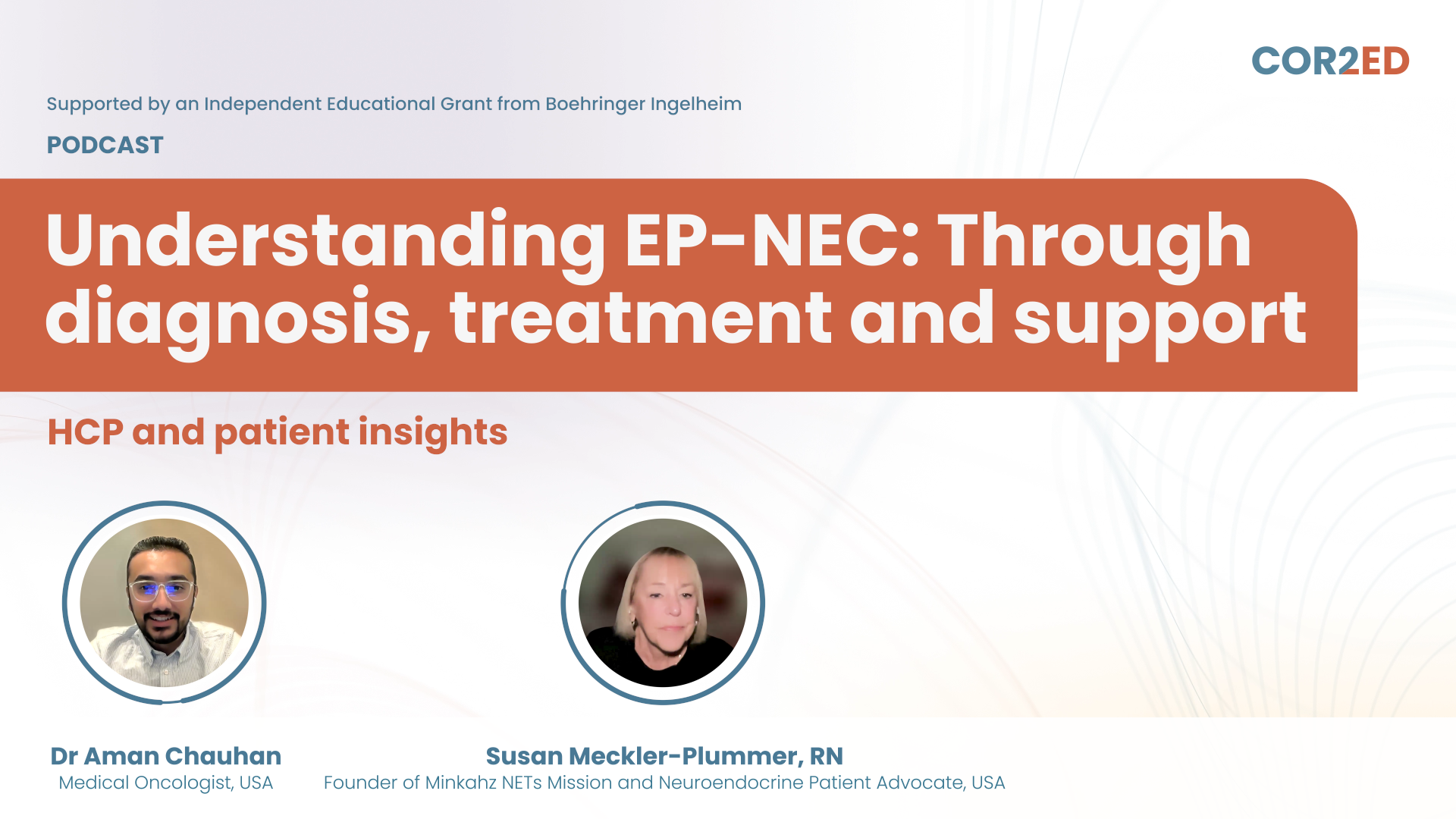Prof. Shubham Pant
Hello and welcome to this podcast where we will be discussing how to optimise chemotherapy strategies for metastatic pancreatic ductal adenocarcinoma.
Hi, I'm Dr Shubham Pant. I'm a Professor in GI Medical Oncology at MD Anderson Cancer Center in Houston, Texas.
And I'm delighted to be joined today by my colleague and fellow medical oncologist, Efrat Dotan.
Efrat, do you want to introduce yourself?
Prof. Efrat Dotan
Hi everyone. My name is Efrat Dotan and I'm a Professor of Medical Oncology, and I'm at the Ann B. Barshinger Cancer Center, part of Penn Medicine, and I'm a GI Medical Oncologist specialising in pancreatic cancer.
Prof. Shubham Pant
Efrat, thank you for that introduction. So, first let's start with the basics. As you know and I know, that metastatic PDAC is notoriously aggressive with a poor prognosis. It's often diagnosed late and by that time, surgery is not usually an option. Right?
70% of our patients are diagnosed with advanced stage disease. And again, median overall survival is within a year. You know, we've been moving that needle with systemic chemotherapy but I think we can improve that. You know, but it's an uphill battle, right? So, it's important that we make the most of the treatments we have available to us.
So Efrat, in your practice, what 1st line chemotherapy treatments are available to us?
Prof. Efrat Dotan
And I agree, given how aggressive this disease is, I think first and foremost, we have to remember to really get patients quickly on therapy, evaluate them quickly, and start chemo as soon as we can, before the disease catches on to the patient and it's hard to start treatment. But in terms of 1st line treatment, we typically look at either a 5-FU-based therapy with FOLFIRINOX or NALIRIFOX, versus a gemcitabine-based therapy, using gemcitabine and nab-paclitaxel.
And I think the decision to use one of those has many, many factors that go into how we pick one of them, when we think about FOLFIRINOX, this is a combination of 5-FU, leucovorin, irinotecan and oxaliplatin, and the data with FOLFIRINOX was published in the PRODIGE study, with a median overall survival of about 11 months or so, compared to about 6 months just with gemcitabine alone.
And as well, progression-free survival was better and quality of life was found to be better in those patients that got FOLFIRINOX. Obviously, this is a rough regimen, three drugs, and there are toxicities that we need to think about like neutropenia, neuropathy, diarrhoea and some GI upset.
And over the years, we've learned how to use this regimen and use the modified versions to make it more tolerable. More recently we have data on NALIRIFOX, another 5-FU-based therapy using 5-FU, leucovorin, liposomal irinotecan and oxaliplatin.
And liposomal irinotecan is a little bit of a different form of irinotecan, and it's thought to have a better drug delivery and less toxicity. And also in this regimen, what's important to note is that the dose of the oxaliplatin is a little bit lower, which may help in terms of neuropathy that our patients experience.
The data on this regimen came from the NAPOLI-3 trial, and this trial randomised NALIRIFOX, patients to NALIRIFOX versus gem and nab paclitaxel and the data showed the median overall survival again of 11.1 months, very similar to the FOLFIRINOX compared to gem and nab paclitaxel with a median overall survival of 9.2 months.
Progression-free survival was also improved. And again, as would be expected with the three-drug regimen, we have some toxicities neutropenia, diarrhoea, fatigue, etc.
And then finally a gemcitabine-based regimen, gem nab-paclitaxel. So gem and nab- paclitaxel have been studied in the MPACT study in comparison to gemcitabine alone, with a
median overall survival of 8.5 months for the combination versus 6.7 months for gemcitabine alone.
Again, despite the two-drug regimen, there are still toxicities that we have to think about, like neutropenia, thrombocytopenia and peripheral neuropathy from the nab-paclitaxel.
So, different options. How do we pick is usually the big question here. So, Shubham, how do you think about this?
Prof. Shubham Pant
You know, as we say, patient selection is key, the right patient for the right regimen. So, I think if you have ECOG 0 or 1, you can use the triplet or the doublet, I think both are appropriate regimens to use.
Interestingly, as you mentioned, the MPACT trial with gemcitabine nab-paclitaxel, they also had patients with a lower Karnofsky performance status so, kind of more akin to an ECOG of 2. So, if patients have, a little bit, when they're becoming a little bit frail, which is actually a number of our patients with pancreatic cancer, I tend to use gemcitabine and nab-paclitaxel.
Then interestingly, as you mentioned already with the NALIRIFOX regimen, that actually had a lower oxaliplatin so patients who I think are going to get, you know, who have diabetic neuropathy, who are going to get worse with that, then I think I'd choose something which has a lower oxaliplatin because, you and I know it's not if, it's when you will get that oxaliplatin neuropathy and it can be very debilitating to our patients.
They feel like they have pins and needles, numbness of the feet, they can't really walk. It does impact their activities of daily living. Some of them cannot grip the pen to write or button up. So, it's very important, these really can impact the quality of life.
So, I think you really have to look at each patient and what is the unique characteristics that we can use to kind of choose the appropriate regimen for them. I do think they're all active regimens in this disease.
And if the patients have a good ECOG, I think these regimens can be tried, but they have little nuances to it that I have alluded to. But as you and I know, Efrat, you know, unfortunately, pancreatic cancer, again, is a disease of aging in a way.
We have patients, you know, well into their 70s, into their 80s, and not only that, we have patients who are younger but could be frail because of other reasons, right? They've lost a lot of lean body mass, they have GI disturbances, and really, their ECOG is not great.
So, it's very important to also think about patients who are frail. What do we do for these patients? And I know you recently led the GIANT study, the GIANT trial. So Efrat, could you tell us a little bit about what you found in this trial?
Prof. Efrat Dotan
So the GIANT trial really tried to understand, how do we treat more frail, less robust patient population? This is a clinical issue we face every day in clinic. So it enrolled patients over the age of 70 with ECOG performance status of 0 to 2.
And all patients had to have some other vulnerability, either decreased function, decrease in cognitive function or increased comorbidities. And also any patients over the age of 80 were automatically candidates. So we thought, you know, 80 is an age where we all would feel very comfortable giving less aggressive therapy to our patients.
Patients were randomised to two dose-reduced treatment arms. So, it was gem nab- paclitaxel, given every other week, so, with this type of frequency, dose reduction, and 5-FU and liposomal irinotecan, with a dose reduction of the liposomal irinotecan, given every other week.
And the results were quite interesting. Number one, the outcomes were quite poor across the board. This is a very, very challenging patient population. We had a huge number of patients, about 30%, that weren't even able to complete one month of therapy.
So, this really raises the question about, should the patient be treated? And have, real, in- depth discussion with the patient and the caregivers if they're going to benefit from therapy.
But in the group of patients that were able to receive more than one month of therapy, we actually saw a median overall survival of eight months with a dose-reduced therapy in a vulnerable patient population, that, this mirrors what we would see with gem nab-paclitaxel in the MPACT study.
So, I think the take home point from this trial is again, know the patient that you're treating, do a very thorough evaluation and understand who is appropriate for therapy.
And then understand the side effect profile. The profile of the side effects were very, very different between the two arms. Gem nab-paclitaxel, more neuropathy, thrombocytopenia.
The 5-FU and liposomal irinotecan, more GI upset, which one would be better tolerated by the patient? And then additional analysis is ongoing to really look at other geriatric factors, quality of life factors, to help us come up with a tool to allow us to select those patients who can benefit from therapy.
So, more to come from the GIANT trial.
Prof. Shubham Pant
Thank you, Efrat. That's very comprehensive, it's a very important trial, I think, about patient selection for our patient population. So, Efrat, what I'm going to talk about, maybe, I'm going to take from where you said about the dosing strategies and how you did the dosing.
So, again, when we look at alternative dosing strategies, I think it's really important. So, originally, the MPACT trial, as we had discussed, was a gem nab-paclitaxel given weekly, three weeks on, one week off.
But you and I know that when we really try to give these to our patients in the real world, not on a clinical trial, real-world patients, that is not well tolerated.
So, we have at Anderson, published on it, of giving an alternative strategy as a retrospective review. And again, you know, obviously there are some nuances to retrospective studies, but we look at our patient population, who received every other week gem nab-paclitaxel) and then looked at the outcomes, and the outcomes seem to be fairly similar.
And potentially, you know, the way you can, the way I think about it is that you can actually maintain even the dose intensity. So, you really don't have to dose reduce, we dose reduce so often with day 1, day 8, day 15, neutropenia, thrombocytopenia.
So, I think in clinical practice, and correct me if I'm wrong, a lot of us now, are very comfortable dropping the day 8 of gemcitabine nab-paclitaxel, based on some data that we and other groups have generated.
So, I think I look at that dosing strategies. So, I think nutrition is very important. You know, I've had patients, you know, we really need to assess them for pancreatic insufficiency. And I have had patients thank me more for just starting them on pancreatic enzymes than starting them on therapy.
It's interesting. I got a letter from a patient's husband who said, you know, we had been to multiple cancer centers, but you turned her life around by giving her pancreatic enzymes. And that's so important that we forget, supportive care is very important in this disease. Then for pain, that's very important.
So, I think we really need to ask our patients about pain and try to aggressively mitigate the pain, whether it is with pain medicines or with other things like celiac block and pain pumps. I think I've really seen that quality of life really improves in these patients.
So, I think all these strategies are very important.
So, I think when you look at pancreatic cancer, you have to look at it a little bit more holistically, in a way, when patients come to you and that's what, you know, I want to educate some of our listeners that that is really, really important.
We've talked about front-line therapy, but what do you think about maintenance therapy? And I know there's, like, the maintenance therapy for our patients with BRCA1 and 2 germline mutations.
Prof. Efrat Dotan
I think, you touched on a really important point with the dose reduction. And we talked a little bit about neuropathy earlier, that all of our patients are going to get it. So, if we think about a patient starting on modified FOLFIRINOX or NALIRIFOX, they're going to require dose modifications. It's a given. Nobody can stay on the same standard dose.
And oxaliplatin is going to be dropped at some point. Or they develop diarrhoea and we have to decrease the doses of the irinotecan or 5-FU or liposomal irinotecan, whatever it is, everybody, everyone will have dose reduction.
And I think if you look across the studies and if you really read the trials, those data that we are seeing came with the dose reduction incorporated in the trial. And there's some data out there to even show that patients who received a lower dose still had good outcomes because, as you said, they were able to stay on therapy and have some dose intensity.
But, I would say after about between 4 to 6 months, most patients reach the point that they've had enough of aggressive chemotherapy and they need some kind of maintenance.
Unfortunately, we don't have a lot of prospective data to guide the maintenance, and the only group where we do have it is in the BRCA germline carrier patients, where olaparib has been shown to really improve progression-free survival in those patients who received it.
And, definitely assessing for BRCA germline mutation is standard of care now. It should be done for all patients in the minute they're diagnosed, those patients should preferentially receive platinum-based therapy and then after 4 to 6 months, I think you could consider if they have stable disease to transition them. So, other patients that are not carriers, I tend to think about maintenance after about that time, usually drop the oxaliplatin, whether we continue with FOLFIRI, single-agent 5-FU.
If the patient is on gemcitabine and nab-paclitaxel, do we continue with single-agent gemcitabine and sometimes I just give them a break, which is not bad either. You know, have some time to have a little bit of better quality of life.
Prof. Shubham Pant
I struggle with this POLO trial a little bit, honestly. You know, disease-free survival improvement, not overall survival. What are your thoughts on that? I just honestly struggle with that a little bit, just to transition my patients to that, because I really think platinum is the main thing for these patients, even things like gemcitabine, cisplatin for our BRCA patients, like where do you land on that?
Prof. Efrat Dotan
I agree, I think, you know, there's a lot of criticism. Why didn't patients receive maintenance FOLFIRI or 5-FU? Could have that resulted in similar outcomes in that trial? And olaparib is not benign.
As somebody who had quite a few patients on olaparib, being in the East Coast and seeing some BRCA carriers, it's not a benign medicine. It causes anaemia, which is sometimes difficult to manage.
So I agree. The way I see it, it is another line of therapy for these patients. So, in pancreas we're always happy to have other options. So, I think it's something to try and if it doesn't work we can always transition them to some other regimen.
Prof. Shubham Pant
That's true. So true, Efrat. Thank you so much. Now, you know, coming to, let's say 2nd line scenario again, not a lot of, you know, trials, positive trials. We have the PANCREOX and the CONKO-03 trial looking at oxaliplatin 2nd line, kind of contradicting. We have the NAPOLI-1 trial, for, you know, which is 5-FU based and liposomal irinotecan that you talked about.
So, let's say a patient came into your practice, you give them gemcitabine nab-paclitaxel) as front-line. What, like, how do you pick your 2nd line regimen?
Prof. Efrat Dotan
When we think about 2nd line, the way I see it, we have five drugs in pancreas cancer, we want to use all of them at some point, somehow. So if they started with gemcitabine and nab-paclitaxel, my 2nd line go-to option would be 5-FU and liposomal irinotecan.
I think this is the only prospective data that we have in the 2nd line setting with evidence to show improvement in outcomes. So, that would be my go-to for 2nd line.
Alternatively, if the patient received a 5-FU-based therapy in the frontline setting, I would transition them to gemcitabine and nab-paclitaxel in the 2nd line setting. So, I would say 1st line setting determines what they would get in the 2nd line setting.
Prof. Shubham Pant
Provided, if they have a good performance status, right? One of the things is, there are patients, you know, I see all this all around, so patients go to the ER, they get diagnosed metastatic pancreatic cancer, the ER doc tells them you've got three months to live, go home. And I think that's one extreme.
The other extreme is, I see patients who've got a poor performance status, maybe they would benefit from supportive care, palliative care, get that discussion going.
So, I think the shared decision making, Efrat, I think it's very important and I try to implement in my practice is, I try to, and that's a longer, tougher discussion with patients saying why should we not treat you.
And I think we need to keep that also, as the GIANT study, what you showed was that if patients were frail or there are certain things, then chemotherapy is probably not helping these patients.
So, I think that it's like with everything, you know, it's a Goldilocks conundrum, not too hot or too cold, just right. And I think that's where we need to have a shared decision making.
You know, some patients are like, 'hey Dr Pant, thank you for all great options, I just want to spend time with my family’. But if you don't ask that question sometimes then patients don't bring it up.
So I've seen the more I ask, I understand what their values are culturally and they really try to, you know, patients really then start talking and try to tell me, you know, what they really looking at.
So, Efrat, we don't have a lot of time left. But, what do you think about next-generation sequencing and who in pancreatic cancer should get that?
Prof. Efrat Dotan
You know, I think when you get to 2nd line, this is the place to have that discussion you mentioned, and some patients will talk about the benefit they get from chemo and whether it's worthwhile to continue with chemotherapy but other patients will want to explore experimental treatment and that's where next-gen sequencing comes into play.
In my practice, I try to obtain next-gen sequencing on all patients at baseline. So then I can start to plan and think about, are there any options, are there any clinical trials? Is it worth it to wait until they become frail in the 2nd line setting when we start to think about trial, or should we think about it sooner if we have a target?
The data is moving so quickly and every day, almost, there's a new target that we hear about or a new drug. I want to believe we are in an exciting time of pancreatic cancer
research, where hopefully, in the not too far future, we're going to have some other options for patients and that is sort of the next frontier with this next-gen sequencing.
Prof. Shubham Pant
That's true. So Efrat, you know, the same thing. I will just try to do it upfront. As you know, there's now for NCCN guidelines, we have KRAS-G12C inhibitors which can be used for NCCN guidelines in 1% of the patient population.
Then briefly touching upon the KRAS wild-type patients, 30% of them could have something targetable, NRG1 fusion, recent approval for that, NTRK fusion, that's part of a basket trial.
So there are other things, so the KRAS wild-type, it's a target-rich disease. So, I really try to do the DNA and RNA sequencing of these patients, tumour sequencing, and obviously look at them for clinical trials.
So, you know, this is, this has been a great discussion Efrat. Do you have any final thoughts for our listeners?
Prof. Efrat Dotan
I just hope our listeners will take out of this the optimism we tried to share and that patients with pancreas cancer do have options. And we should, you know, have a very open and shared discussion with them on how to utilise these options in each particular situation.
Prof. Shubham Pant
I wanted to really thank you for joining me on this podcast, and I really want to thank our listeners. We hope you enjoyed the discussion and found it useful. Thank you.
If you enjoyed this podcast and want to find out more then please look for the "Oncology Medical Conversation Podcast" under the account of COR2ED Medical Education.
Also don't forget to rate this podcast, subscribe to our channel and share it with your colleagues.
Tonke de Jong (COR2ED)
Thank you for listening and see you next time.
This podcast is an initiative of COR2ED and developed by GI CONNECT, a group of international experts working in the field of GI Oncology.
The views expressed are the personal opinions of the experts. They do not necessarily represent the views of the experts' organisations, or the rest of the GI CONNECT group.
For expert disclosures on any conflict of interest please visit the COR2ED website.




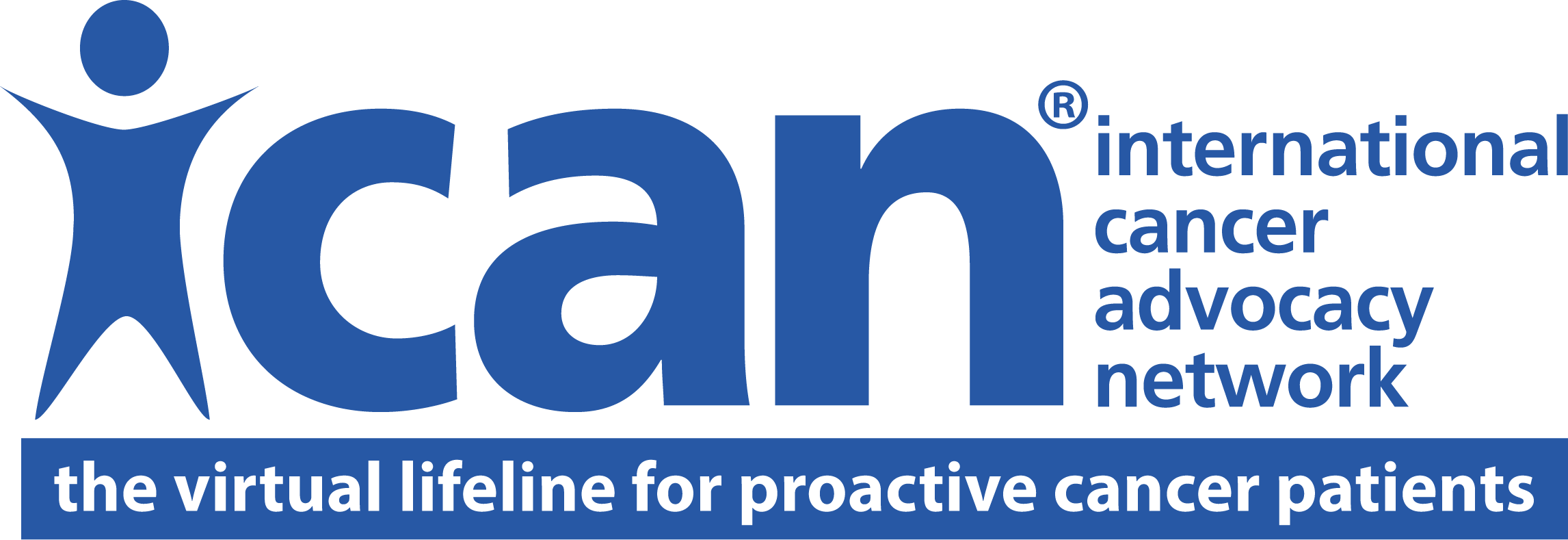


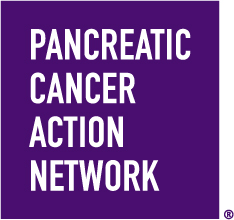
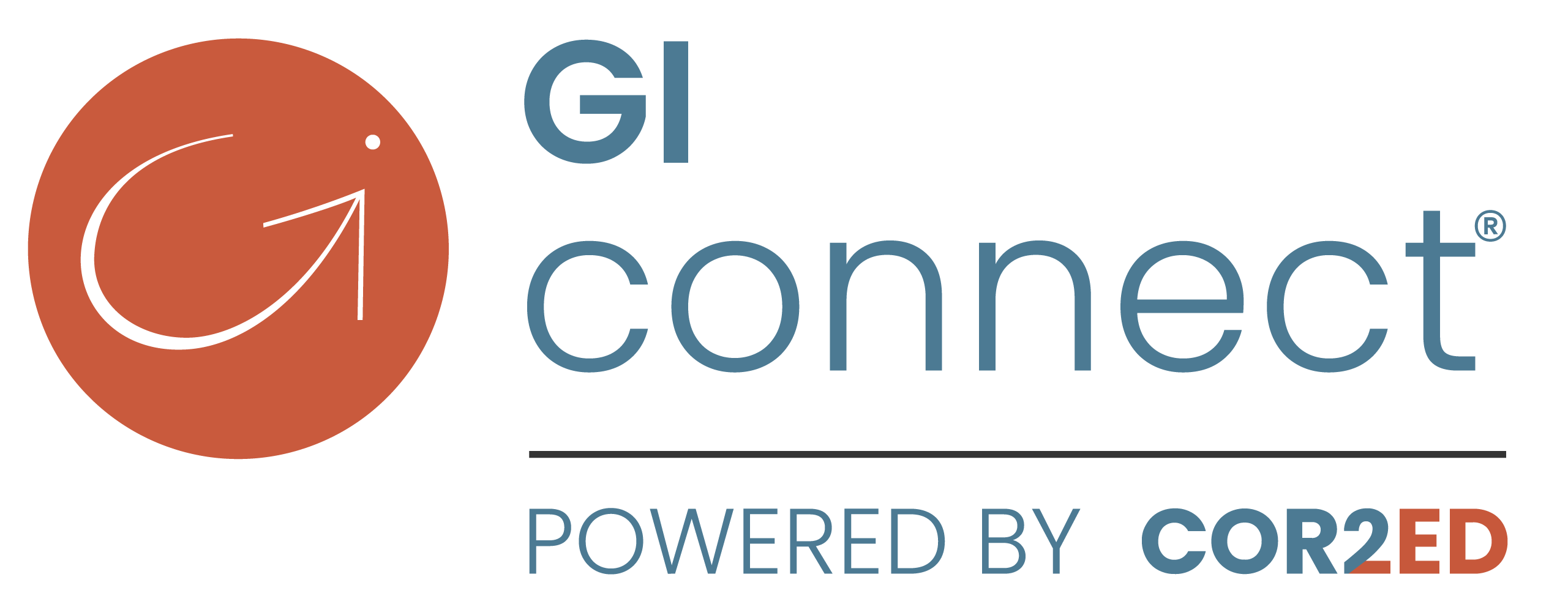
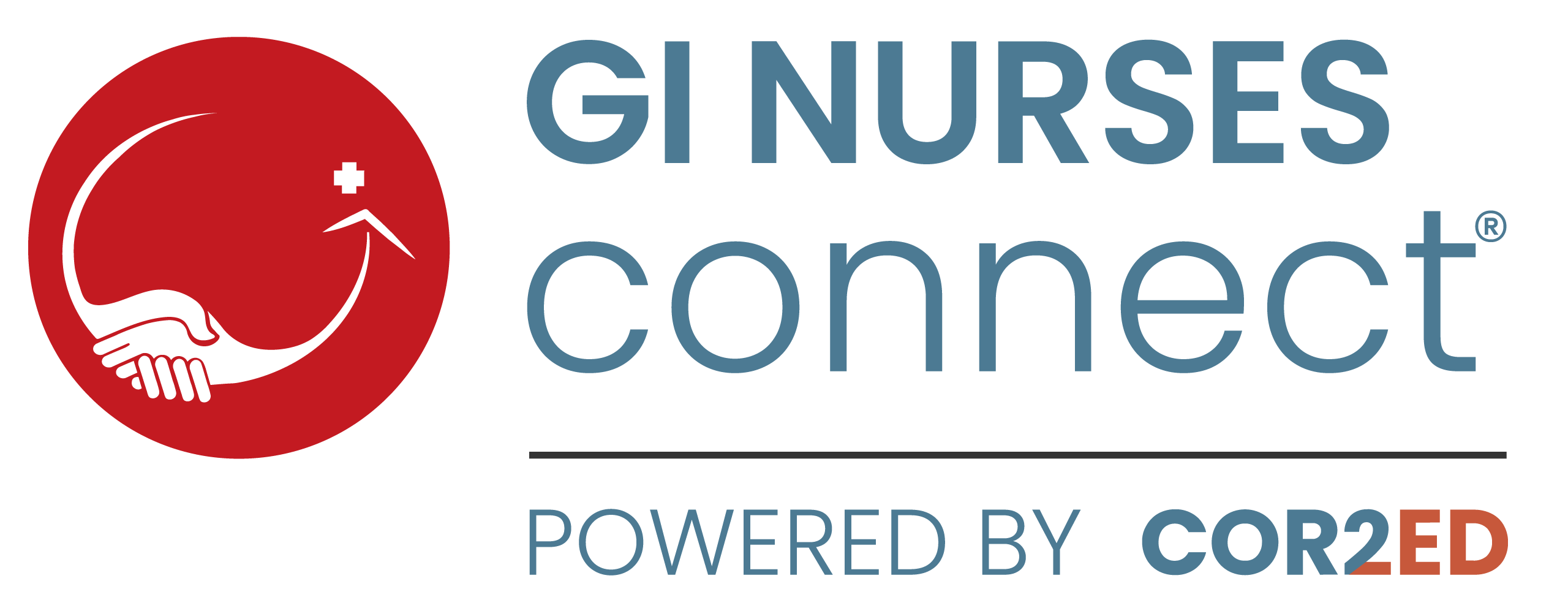
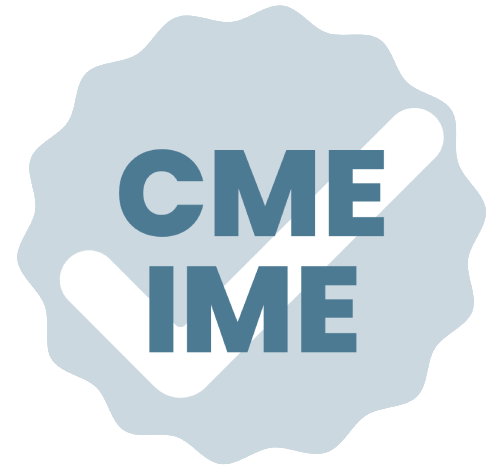


 5 MIN
5 MIN
 Dec 2025
Dec 2025 
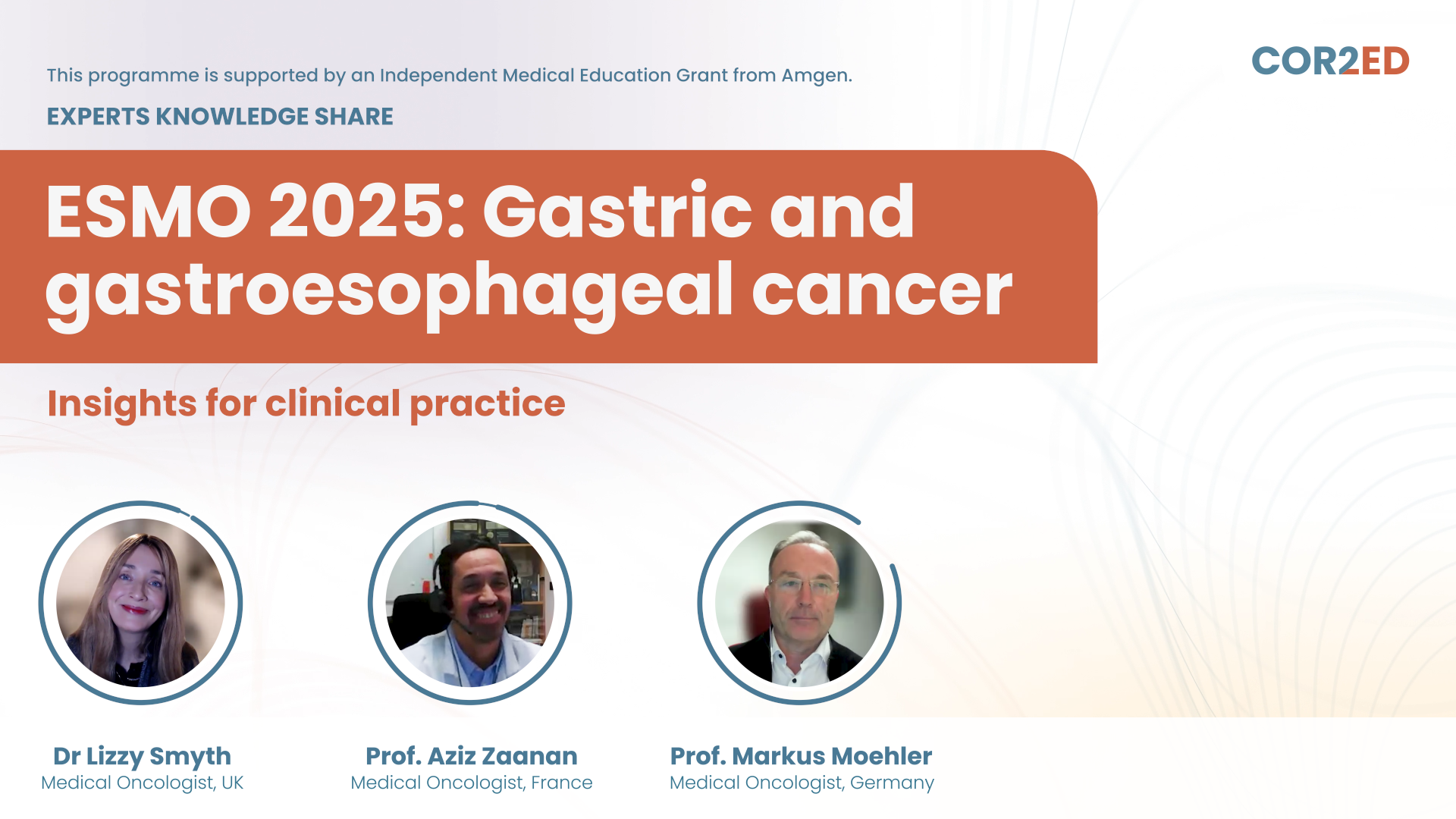

 Downloadable
Downloadable 